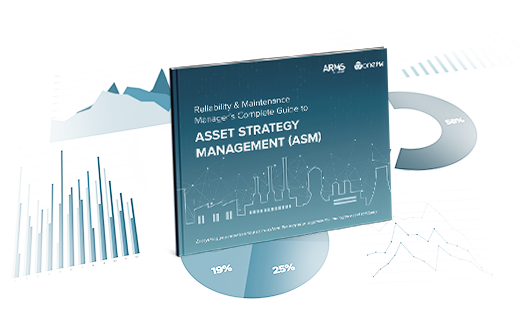When Reliability Centered Maintenance (RCM) was first gaining a foothold in organizations, many suggested that RCM stood for “Resource Consuming Monster”. Developing and reviewing reliability strategy was a big task. For many, it still is.
The problem is that reliability resources are limited; as is access to equipment subject matter experts to support the review, validation, and optimization of any new or updated reliability strategies.
Given this, organizations are always seeking ways to reduce effort.
The problem with generic content
One way to speed up the analysis is to utilize libraries or templates of Failure Mode, Effect, Criticality Analysis (FMECA) and/or associated task lists. In fact, many organizations attempt to use generic library or template content, in its entirety, without any updates to reflect the specific operational environment for a given asset.
Yet this approach is limiting. You can create generic content, but each element can only represent a typical or average value. Hence, when you apply the generic content, you must review and update the parameters to reflect the specific asset you are analyzing.
The specific operating environment of an asset will dictate important aspects like failure characteristics and expected life, the effects of failure, task durations and materials used. These determine which routine tasks should be done, and at what interval.
The danger in using generic content, without modification, is that it is not an accurate representation of the specific asset. The resulting reliability strategy is not optimal, or even aligned to the asset. If these plans are implemented, your maintenance team will quickly lose confidence in the reliability team.
The cost of updating content for each asset
To overcome the problem of relying solely on generic content, many organizations start with the generic content, FMECA or task list and then modify it to suit the specific asset. This, of course, is a necessary step to ensure that the resulting reliability strategy is matched to the specific asset.
In almost all instances, this process creates a hard separation between the generic content and the resulting reliability strategies for each asset. Once a change is made to generic content, there is no longer a match and therefore no longer a connection.
This generates enormous productivity issues and barriers to continual learning and evolution of the reliability strategies. When content is no longer generic – and, instead, is specific to an asset – the specific data is difficult and inefficient to manage. It simply doesn’t support effective continuous improvement across an entire asset base.
The way forward: using generic content as building blocks
What’s needed is a digitally connected dataset, with generic content used as the building blocks, but modifications allowed at a local level to represent specific assets. In Asset Strategy Management (ASM) we refer to these as “baseline strategies” and “local variations”.
The concept of baseline strategies is to have a high quality, FMECA-based structure, representing each component type. The baseline strategy content would also contain strategy modifiers based on criticality, operating context and make or model of the component. A FMECA is set for a component type and used wherever that component type is installed.
Once the baseline strategy is connected to a specific asset, the baseline structure is used, along with any modifiers based on the criticality of this specific asset, its operating context and perhaps the make or model. However, any very specific adjustments required for the asset can be made and stored as local variations. The connection to the baseline strategy is maintained, simply with some local variations in place.
The benefit? One FMECA-based baseline strategy is maintained for all instances of a component type. Local variations are allowed based on specific asset requirements, but at any point in the future, a global change to the baseline FMECA structure, causes, task descriptions, intervals and so on, can be pushed, instantaneously, across an entire asset base.
Any local variations made by a particular site or team can also be reviewed and incorporated into the baseline strategy for deployment on all like components – driving a learning, evolving, intelligent reliability strategy that continually improves across all assets.


